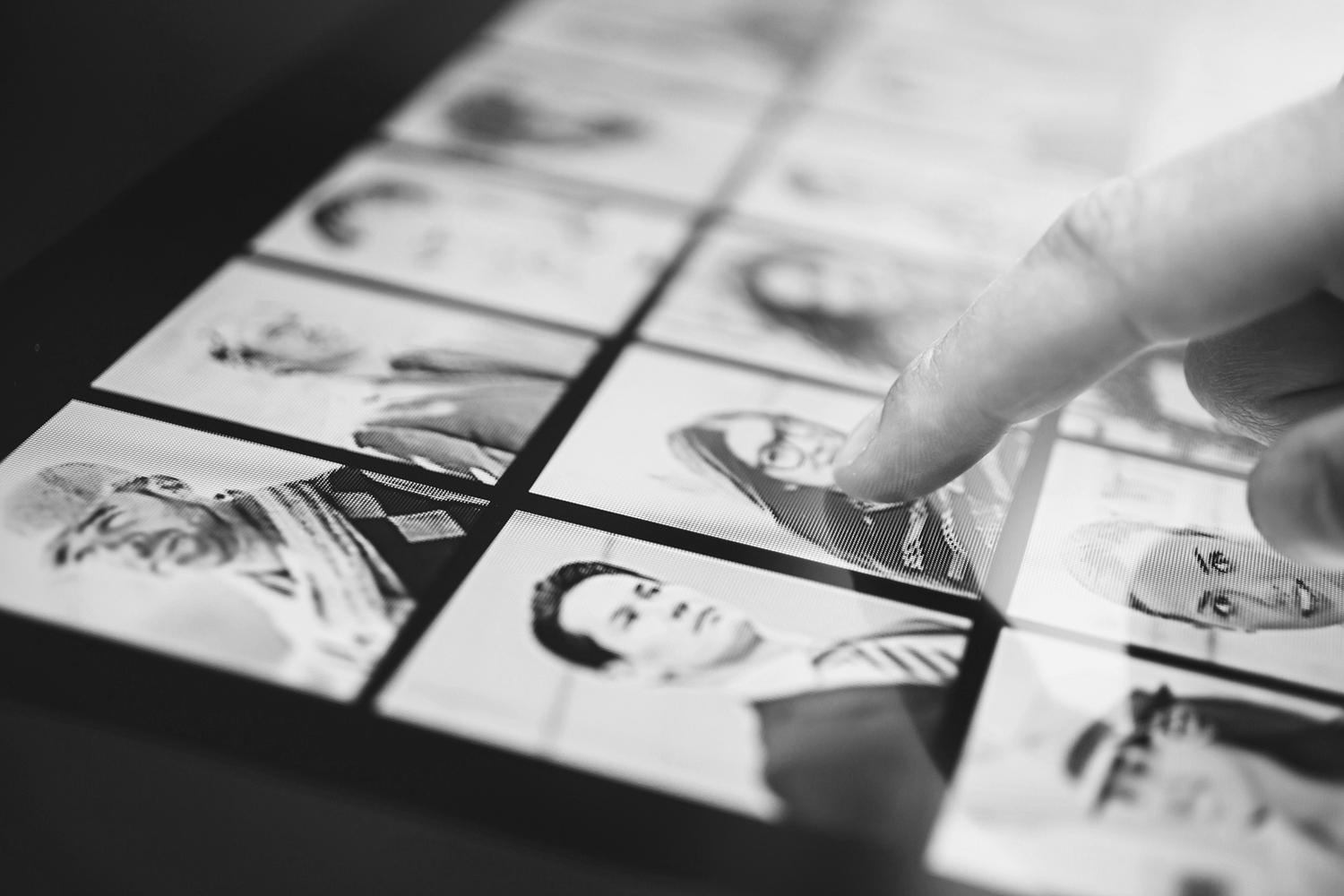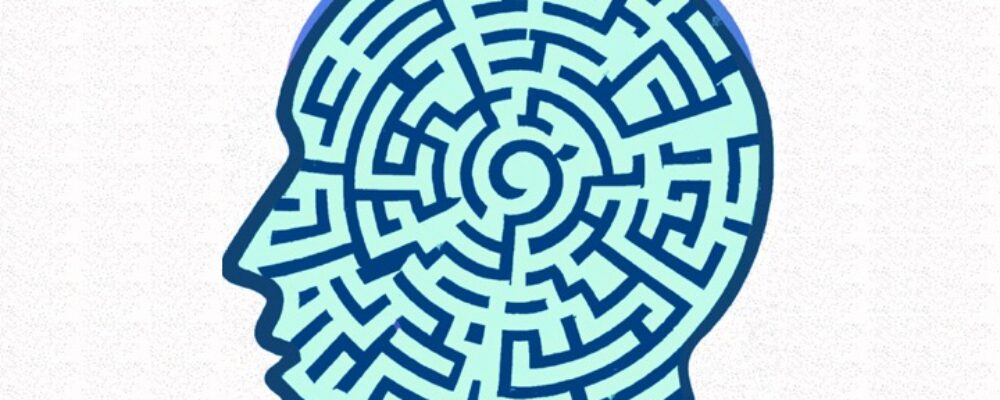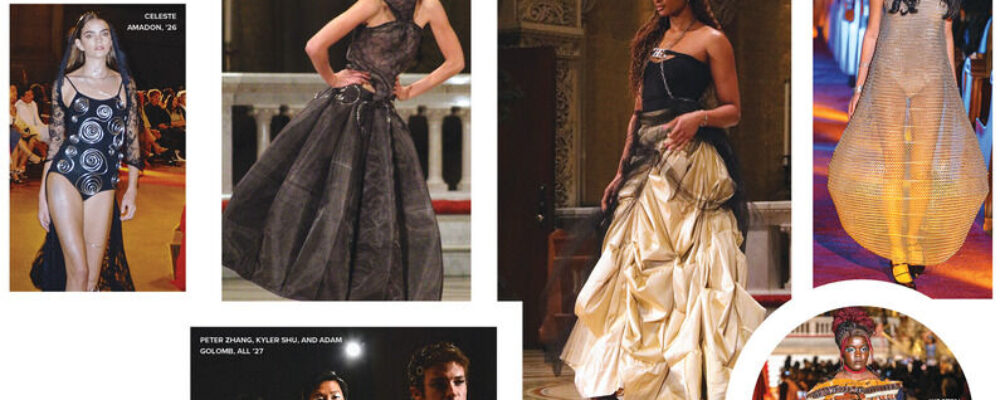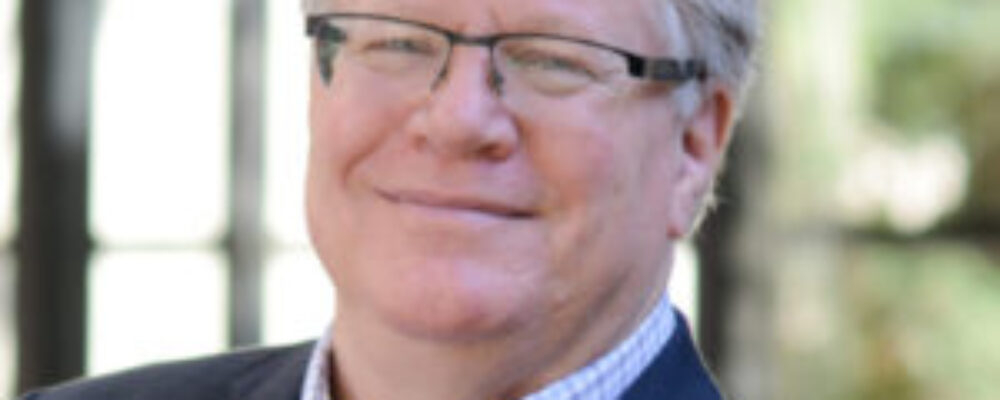From TikTok and YouTube to Google Images and AI-driven art generators, visual content is dominating the digital world. More than 3.2 billion images and 720,000 hours of video were posted on the internet every day in 2023, and that figure is rapidly growing. “The production and circulation of images is on a whole new scale,” says Douglas Guilbeault, an assistant professor of organizational behavior at Stanford Graduate School of Business.
This flood of images isn’t just changing how we consume information. It reflects and reinforces how we see ourselves, including our gender stereotypes.
Guilbeault notes that online visual tools do not simply offer a static repository of available images. “The algorithms are adaptive,” he explains. This means that they serve up images based on users’ behavior. When people upload, download, or click on images of female nurses or male bankers, for example, similar images are more likely to pop up in subsequent searches. This creates a feedback loop that can amplify unconscious biases.
In a first-of-its-kind study, Guilbeault and several co-authors documented this phenomenon. They looked at how gender bias is conveyed in online images versus text and how this influences users. They focused on a straightforward measure of gender bias: Are women or men more likely to be associated with a particular profession (like doctor or nurse) or a social role (like neighbor or friend)? “This has to do with, basically, what kinds of people occupy our thoughts when we understand the social world,” Guilbeault says.
Searching for stereotypes
The researchers began with an analysis of nearly 350,000 images from Google Images depicting men and women in a wide range of jobs and social roles. They also used AI tools to analyze billions of words from Google News to see how often these jobs and roles were associated with a particular gender. Skewed associations between gender and specific occupations were evident in both sets of data, with women more likely to be shown doing jobs in the liberal arts and men in science and technology.
Yet this imbalance was “statistically more extreme” in the images. For example, all images of software developers were of men, yet the text descriptions included women. Additionally, images presented a less realistic picture of the representation of men and women in particular jobs. Compared with real-world workforce data, the images overrepresented men across the board while written descriptions were more likely to overrepresent women.
Quote
We’re moving toward a visual communication culture. It’s a way of communicating that is going to make us more susceptible toward stereotype amplification.”
To test how these associations might reinforce gender stereotypes in users’ minds, the researchers recruited a panel of volunteers. They were given a set of 22 occupations and were asked to find either descriptions of them on Google News or images of them on Google Images. They were then asked which gender they associated most with the occupation, using a slider that could be pulled toward “male” or “female.”
“This surprisingly simple measurement actually predicts a lot about what people think and believe about these categories,” Guilbeault says. When people searched for images rather than text, their gender bias intensified, as measured by the gender slider and an implicit association test. Even three days later, the test results showed lingering bias. “It’s not a flash in the pan,” Guilbeault says. “It actually does resonate.”
The results were similar for men and women, though participants reported stronger gender associations if they uploaded an image of an occupation that matched their own gender. Guilbeault notes that primarily focusing on men and women was a methodological choice – it was “astronomically easier” to set up this kind of study. Yet, he adds, “We don’t intend our study to somehow reify or reinforce the convention of binary gender.” When participants were asked to categorize faces in online images by gender, less than 2% were coded as nonbinary.
Looking at the overall results, Guilbeault says he was not surprised by the gender bias but how pronounced it was for people who searched for images. The exact mechanism behind this effect, he says, “is hard to pinpoint, but it’s also what makes it interesting.”
The power of pictures
The study found that women are underrepresented in online images. Yet this does not explain the gender bias in the images. Guilbeault says that while there are more images of men online, there are ample images of both women and men in all occupations included in the study.
Another potential explanation is the complex algorithms that run search engines like Google Images. “What content does Google Images deem to be relevant?” Guilbeault asks. “Consistently, we find that the algorithm appears to be privileging male content.” The site may be holding a mirror to users’ implicit biases. “Google is just a routing system,” he says, “reflecting what’s going on in other areas of the internet.”
This effect is seen regardless of the actual gender breakdown in a profession. There are more male doctors than female doctors in the U.S., yet online images of doctors “exaggerate the underlying bias,” Guilbeault says.
The way we interact with images could also explain the study’s results. For one, it is easier to avoid gender bias in language. Words like hairdresser, nurse, or soldier do not convey gender, and there are gender-neutral alternatives like mail carrier and flight attendant. When it comes to images, it’s almost impossible not to associate a gender with a person doing a particular job. Images of occupations “force the communicator to convey gender, even if this is not an intended part of their message,” Guilbeault says.
Ultimately, images affect us differently than text. They are “particularly sticky in our mind,” Guilbeault says, describing what’s known as the picture-superiority effect. Research also suggests that images are more easily processed, remembered, and emotionally evocative than text.
“We’re moving toward a visual communication culture,” Guilbeault says. “It’s a way of communicating that is going to make us more susceptible toward stereotype amplification unless we intervene with some sort of social movement and different norms and culture that undermine that.” As images prove to be “a more psychologically potent vehicle for representing stereotypes,” Guilbeault warns, “the medium is the message.”
“Stanford University, officially Leland Stanford Junior University, is a private research university in Stanford, California. The campus occupies 8,180 acres, among the largest in the United States, and enrols over 17,000 students.”
Please visit the firm link to site






